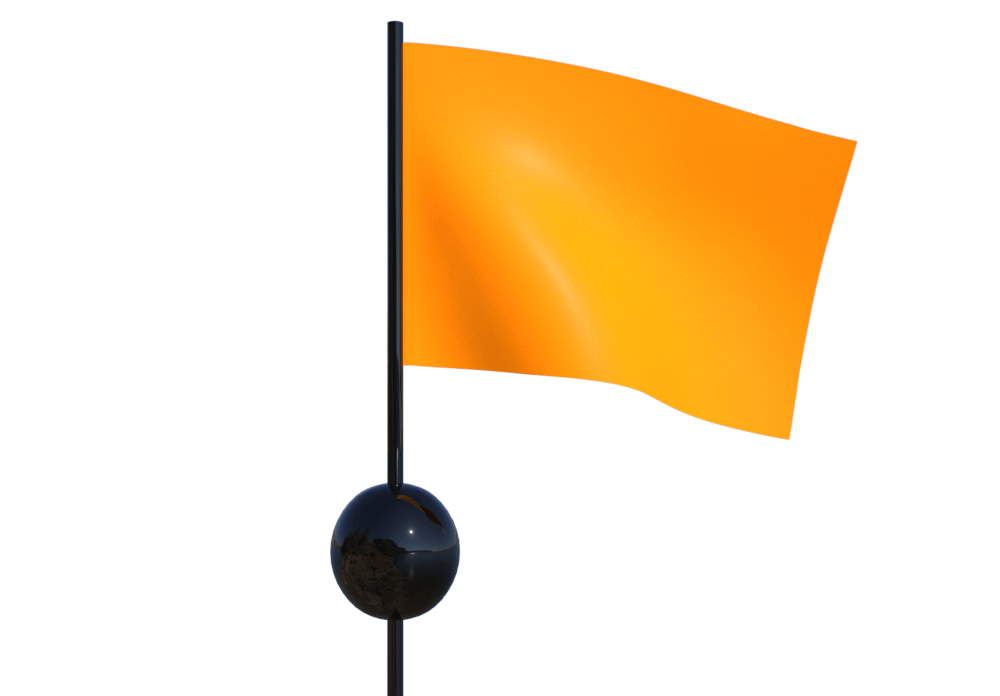Recognized distress signals for boaters
Boat distress signals are used to indicate that a vessel is in distress. The operator of a pleasure craft shall recognize, use or display boat distress signals. The most common boat distress signals include:
Arm signal
Arm signal: outstretch your arms on each side and do slow repetitive gestures from top to bottom. (Do not use this technique near a helicopter because this gesture does not mean the same thing to a helicopter pilot);
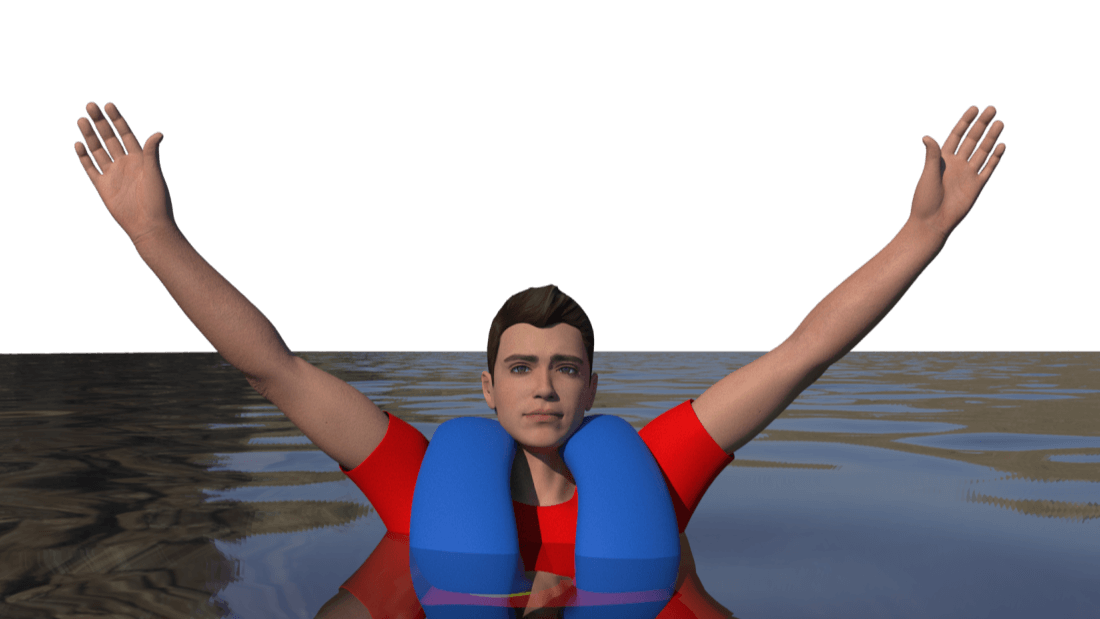
EPIRB
Emergency position indicating radio beacons (EPIRB): this is used to signal an emergency location.

Radiotelephony
Signal transmitted by radiotelephony or by any other signal system
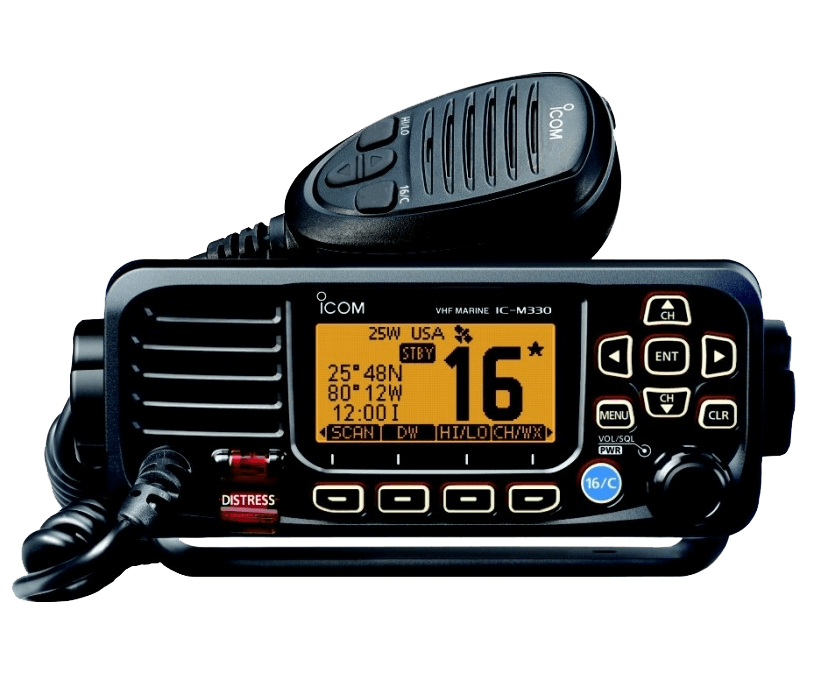
S O S
S O S (…---…) in Morse code or possibly using a flashlight
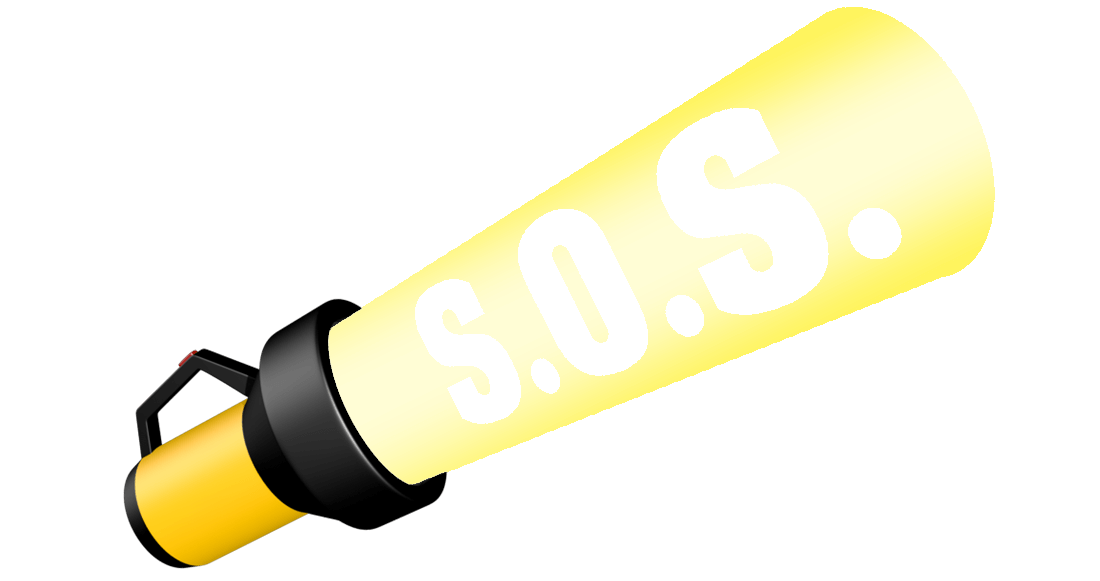
Shot gun
A shot gun or other explosive signal may be fired at intervals of about 1 minute;
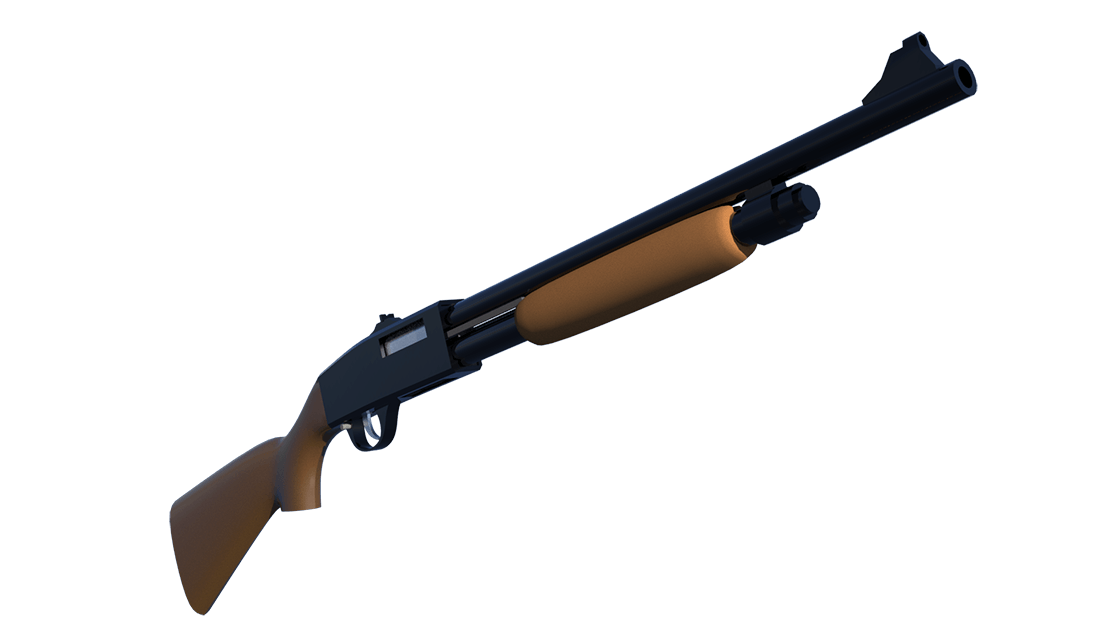
Boat distress flag (N and C)
Use distress flag N and C from the International Code of Signals;

Signalling device
A continuous sound with any fog-signalling device;

Multi Star Red Flare
Rockets or shells that shoot up red stars one at a time at short intervals;
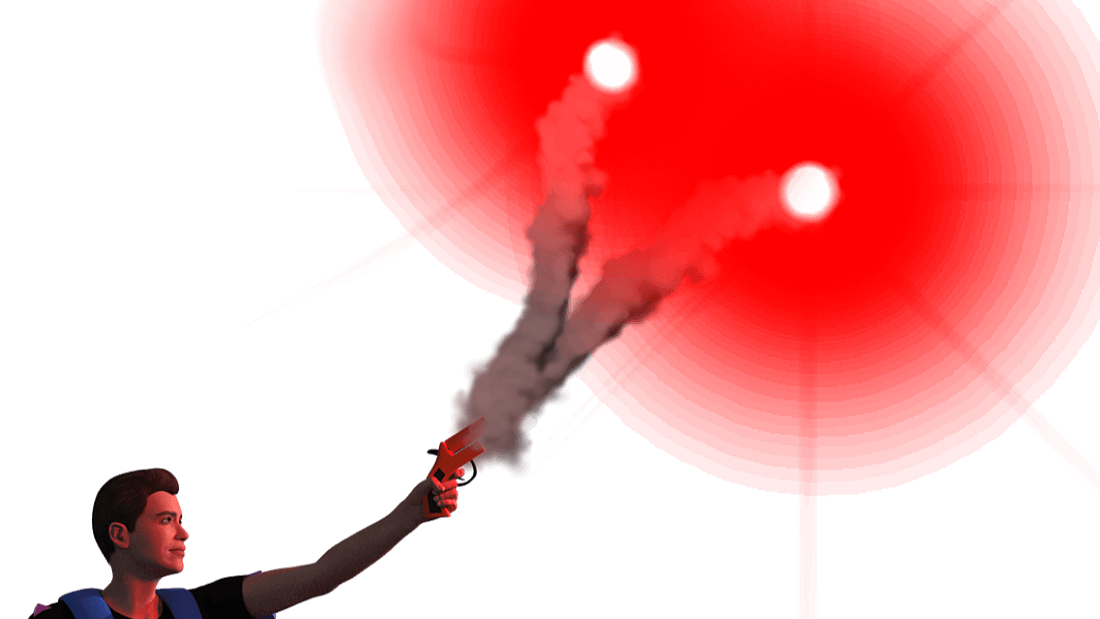
Rocket parachute flare
A rocket parachute flare or hand flare shoots up a red light;

Smoke signal flare
A smoke signal that gives off orange coloured smoke;
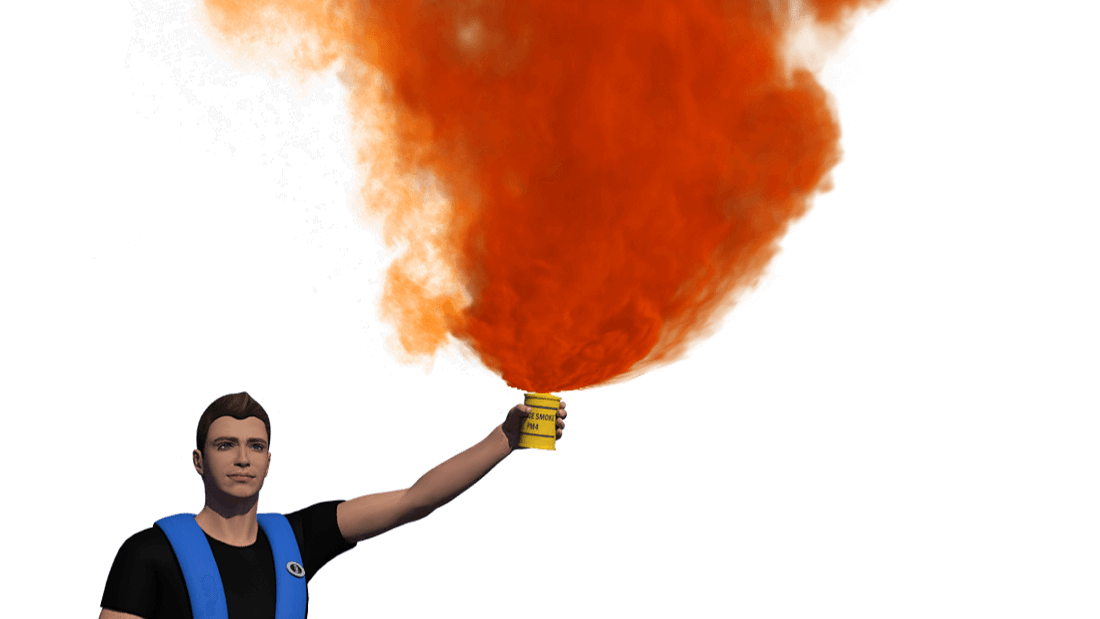
Dye marker

Boat distress flag
A piece of orange canvas with a black square and a black circle;

Square shape

High intensity white light
A high intensity white light flashed at regular intervals of 50 to 70 times per minute;

Square flag with a ball
A signal consisting of a square flag with a ball or anything resembling a ball.
